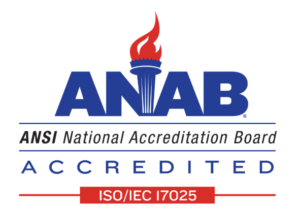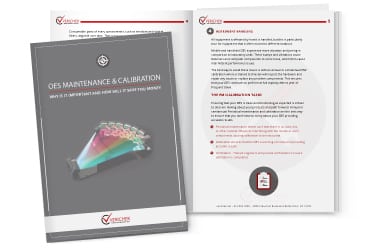Carbon is one of the most abundant elements available in nature. It is readily available in the earth’s crust and the atmosphere. Carbon is often found as a constituent element in many compounds and substances. Because of its advantageous attributes, it is used in the production of many metal materials. Some of the processes that employ carbon in the production of metals include – mineral smelting, material manufacturing, and mineral processing.
The importance of accurately determining the carbon content of metals such as steel cannot be overemphasized. The structural integrity and mechanical properties of metal materials or steel as the case may be are affected to an extent by the quantity of carbon.
That said, we will be discussing four methods to determine carbon graphite in steel:
Visual spark analysis
OES sorting
Spark OES Analysis
Before diving into this let us take a look at the effect of carbon in steel.
EFFECT OF CARBON IN STEEL
Steel is made by combining iron, carbon, and other known elements. The function of carbon is to increase its impact resistance and strength. However, this can become a disadvantage if it is not present in the right amount.
One main disadvantage of a high concentration of carbon in steel is brittleness. Therefore, when steel contains an unusual amount of carbon, though rigid, it will break apart easily when stressed. Moreover, the yield point, tensile strength, rusting, and weldability of steel or metal materials are affected negatively when carbon is present in undue amounts.
Needless to say, getting the carbon level right is fundamental in manufacturing steel or metal materials that are structurally sound.
3 TECHNIQUES TO ACCURATELY MEASURE THE CARBON CONTENT IN STEEL
Steel is commonly classified based on its carbon content. While increased carbon content can make steel harder and stronger, it can also make the steel more brittle and harder to weld.
Typically there is less than 0.40% carbon in most steels, though it is possible to have as much as 4%. However, once the carbon content exceeds 0.65%, additional carbon does not change the hardness of steel, but it can enhance the steel’s hardenability and improve performance. All of the classifications of cast iron have a carbon content of at least 1.8%.
To ensure that steel meets the necessary element specifications for a particular alloy classification, it is important to use a testing method that can accurately measure the carbon content. The following are some of the more common metal identification methods, and whether they can measure carbon content in steel.

Visual Spark Analysis
One of the older techniques, visual spark analysis, allows for steel testing in the field, reducing the amount of time required to get the results. The visual spark test requires a piece of steel to be abraded with a high-speed grinding wheel. As the spinning abrasive wheel is applied to the steel, the sparks that are emitted are compared to either a chart or other known samples. The appearance of the sparks indicates the classification of the steel. This test needs to be done in a darker setting to better observe the sparks. However, this method is not a quantitative analysis.

OES Sorting
Arc sorting is one of the fastest methods of analyzing metal for content. Using a spectrometer, arc sorting analyzes the sample in the air with an electrical discharge, and compares the light intensity of the sample to the intensity from a reference sample. Arc sorting of steel does not require argon during the process.

Spark OES Analysis
This type of analysis uses Argon as a shielding gas around the spark, allowing for Carbon analysis. This method, while being more accurate than XRF or Arc sorting, is also slower as the sample needs to be prepared with a sanding disc or belt, and the analysis can take several, ™, Van b.seconds. However, this is the only method that can provide an accurate, quantitative Carbon reading.
Training
Measuring carbon content requires training in the proper use of the equipment. If the tests are not done properly, it can negatively affect the end results of a product or the determination of how to proceed with available materials.
Understanding the pros and cons of each technique will help you make better decisions about how to test your steel, as well as ensuring that the steel you have meets the requirements for your intended application.
MEASURING CARBON CONTENT IN STEEL
Measuring the carbon content in steel is one of the requirements to ensure its durability. Apart from the strength and brittleness which are directly caused by the content of carbon, it also poses a threat to the functionality or workability of the metal. If a steel that has not been properly graded is used as part of the setup of a machine, it may break because of being brittle or too weak to handle the mechanical motions of the machine. Ultimately, the production process may stop because of mechanical failure. Moreso, this may cause product recalls that are expensive. Therefore, effective quality control such as determining the carbon content in steel is necessary.
When working with steel, it is important to be able to accurately measure the carbon content so that each piece of material is correctly identified, and traceability is maintained. Verichek offers a number of different testing methods for determining the percentage of carbon in steel, as well as several other types of metals and alloys.



 OES MAINTENANCE & CALIBRATION:
OES MAINTENANCE & CALIBRATION: